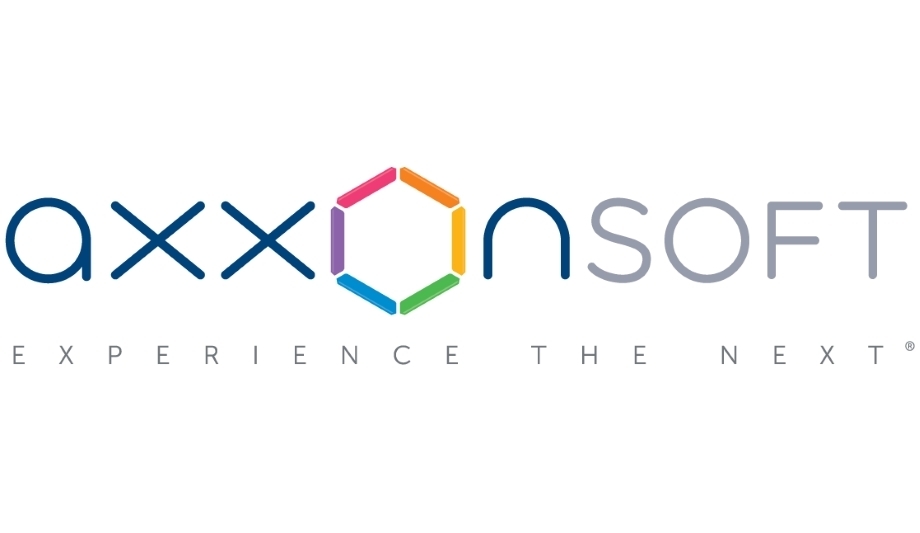The OJSC Progress Plant (Protvino, Moscow region) has been manufacturing low voltage complete devices for nuclear industry facilities and fuel-energy complex since 1967. In accordance with the Order No. 158-p dated March 5, 2000 of the Ministry of the Atomic Energy of the Russian Federation, the plant was assigned head enterprise of the industry for developing, manufacturing and supplying of low voltage electrical equipment.
Some of the plant's major clients include Rosenergoatom, RAO UES of Russia, JSC Mosenergo, as well as foreign partners from the CIS countries, India, China, Vietnam, and Iran.
The task
There are two check points on the territory of the plant, one main and one supplementary, both equipped with Came automatic barriers. The supplementary check point is intended for vehicles with permanent passes, and traffic at this check point is considerably lower. This led to the idea of automating the incoming transport procedure by introducing a license plate recognition system which would allow removal of the day time security post and thus bring significant cost savings.
The licence plate recognition is not a trivial task involving not only the video analysis itself but the optimal choice of video cameras, places of their location, visual angles, light levels, traffic density etc. Another important task was to choose the data input method for users of license plates database for recognition purposes. Automation of vehicle control requires special knowledge of operation algorithms of such systems and ways to eliminate collisions.
The facility's remote location from the company's engineering base was another challenge which demanded high competence and qualification of executers.
The solution
All these factors contributed to the choice in favour of a reliable and time-tested solution, the Axxon Intellect Enterprise security platform, with its license plate recognition module, and VIDEOMAX-Int video by VIDEOMAX. The AxxonSoft software and UNIMAX specialists' experience helped set up the system in a relatively short time and with a large safety and recognition quality margin. A reliable computer platform will secure the system's effective and sustained operation for years to come.
"The barrier is controlled in an automatic mode by the Axxon Intellect software signal transmitted by a special Rays/Relay plate in the video server" |
For high quality recognition, black and white video cameras were chosen with lenses capable to provide a required depth of field and shutter speed. These cameras are more sensitive, which is important for night time operation, and compared to the colour cameras provide a clearer image. At the same time, the colour of image in license plate recognition is not important and can even hinder the system's operation.
The barrier is controlled in an automatic mode by the Axxon Intellect software signal transmitted by a special Rays/Relay plate in the video server. To ensure accurate operation of the vehicle control system UNIMAX specialists had to reconfigure Came automatic barrier operation mode and to reinstall the ray security devices. In addition to the barrier control, the complex also controls traffic lights which allow one to reduce the number of collisions in the pass mode algorithms.
The licence plate recognition is a vision algorithm whereby the quality of recognition is subject to many factors. There are a number of external reasons why recognition may not be performed. These can include soiled license plates, strong backlight, lack of standard license plate numbers etc. To help deal with such cases, a videophone was installed to provide direct communication with the operator who, in case of need, can remotely give a single time pass to a vehicle in a manual mode.
Trial period results
Such kinds of projects typically require a trial period upon which additional adjustments of equipment and sometimes algorithms may have to be performed.
Upon completion of the trial period the client confirmed that the basic task, automation of vehicle control at the supplementary check point, had been successfully completed. The system's components, the algorithms and installed equipment all proved to be called for. Recognition level was more than 90%, which is acceptable for such systems.
The client estimates that investments in the system installation will pay back in12 months, which is a very good indicator of investments return.



















